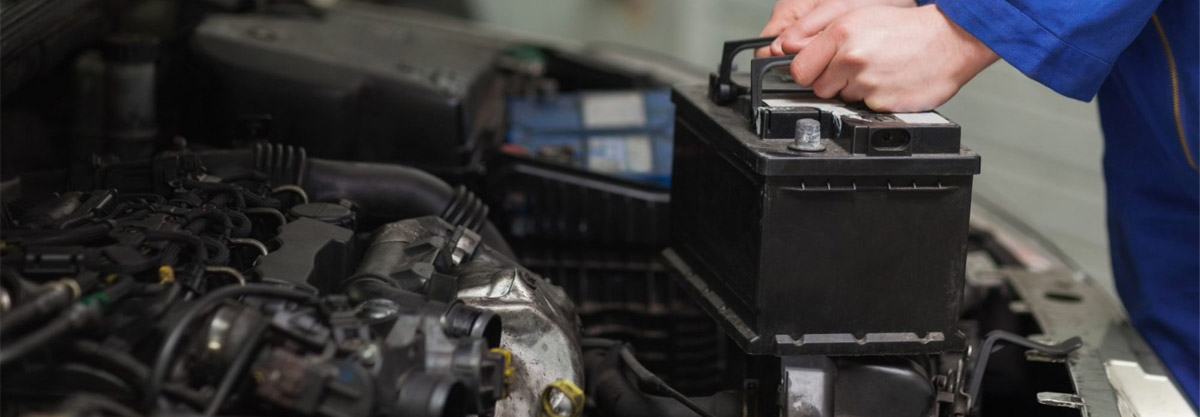
Once you have purchased your new battery, it is time to install it in your vehicle. We will provide you with resources to help install your battery and handle it safely.

Step one - Select the right battery
Check your vehicle manual for the original equipment manufacturer's recommendations for:
Battery group size - the battery size that will best fit the physical dimensions of your vehicle. Many vehicles can accommodate more than one group size.
Capacity-The capacity of a battery is specified as the number of amp-hrs that the battery will deliver at a specific discharge rate and temperature.
Cold cranking amps (CCA) - CCA is critical for good cranking ability. It's the number of amps a battery can support for 30 seconds at a temperature of 0 degrees F until the battery voltage drops to unusable levels.
Reserve capacity (RC) - helps to power your vehicle's electrical system if the alternator fails. It identifies how many minutes the battery can supply ample power without falling below the minimum voltage needed to run your vehicle.
In general, for both CCA and RC, the higher the number the better. HOWEVER, if you live in a cold climate, the CCA rating should be an important consideration in choosing a battery. Conversely, if you live in a high heat climate, you don't need as much CCA.
*Look for a battery that will deliver the required amount of AH for the specified time and voltage. For a safety cushion, increase the number of AH by 20%.

Step two - Remove the old battery
Check owner's manual for special instructions. Before removing the old battery, carefully note the location of the positive battery terminal and mark the polarity on the positive cable. By doing this, you will avoid installing the new battery reversed.
Read the Safety & Handling information
Remove the "ground" cable connector first. This precaution will avoid damage to wiring, and/or the battery, by accidental "grounds" with tools.
Use the proper size box, or open end wrench, when removing battery cables.
Inspect the battery tray for possible damage or corrosion. Be sure that the tray and hold down are mechanically sound and free of corrosion. Corroded parts may be cleaned with water (to which some household ammonia or baking soda has been added) and scrubbed with a stiff brush. Cleaned parts should be dried and painted. Do not paint battery terminals.
Clean and tighten the "ground" connection. Tighten starter relay and starter connections too.

Step three - Install the new battery
Read the Safety & Handling information first as aways.
When placed in the vehicle, the battery should rest level in the tray. Be sure there are no foreign objects lying in the tray that may cause damage to the bottom of the battery container.
The hold down should be tightened until it is snug. It should not be tightened to the point that it will distort or crack the battery cover or case. Use torque values specified in the vehicle owner's manual. If they are not available, the following torque values may be used:
• Top bar or top frame holddown: 30-50 inch-pounds
• Bottom recess type holddown: 60-80 inch-pounds
• Bottom ledge type holddown: 70-90 inch-pounds
• The "grounded" cable should be connected to the battery last.
Check for proper battery polarity with respect to the vehicle specifications. "Ground" polarity is usually indicated. "Reversed" polarity may cause serious damage to the vehicle's electrical system. Note that the positive tapered post is larger than the negative post.

Step four - Dispose of old battery
Contact an auto repair store or garage. Most of them accept old batteries for recycling even if you didn't purchase the battery there.
Contact a retailer that sells new lead-acid batteries. The majority of retail outlets that sell lead-acid car batteries also collect used batteries for recycling.
If you cannot find a retailer or installer that will accept you battery, contact a recycling center or the sanitation department near your residence, they should be able to locate a hazardous waste facility or drop-off site for safe disposal.